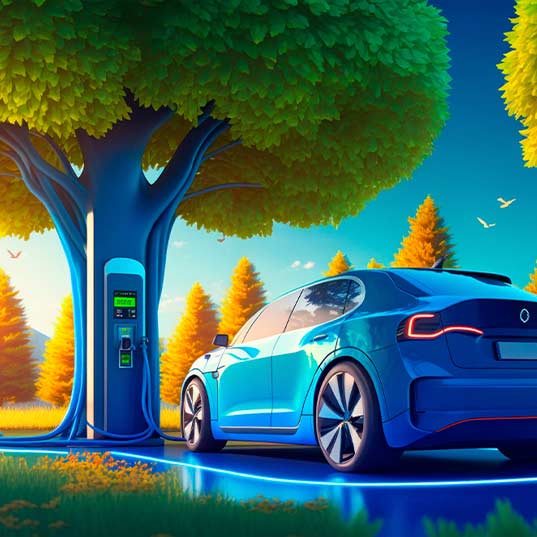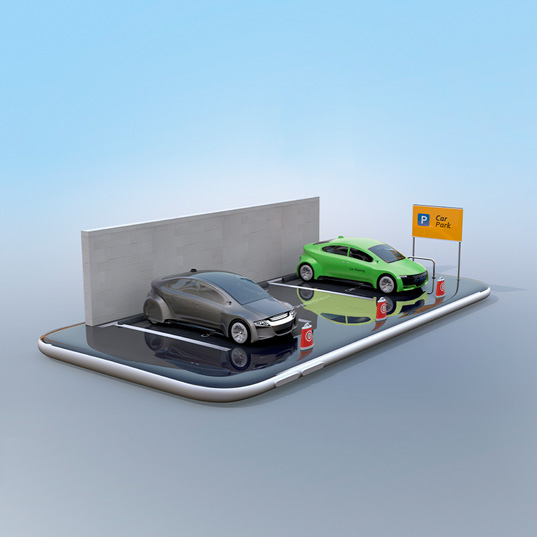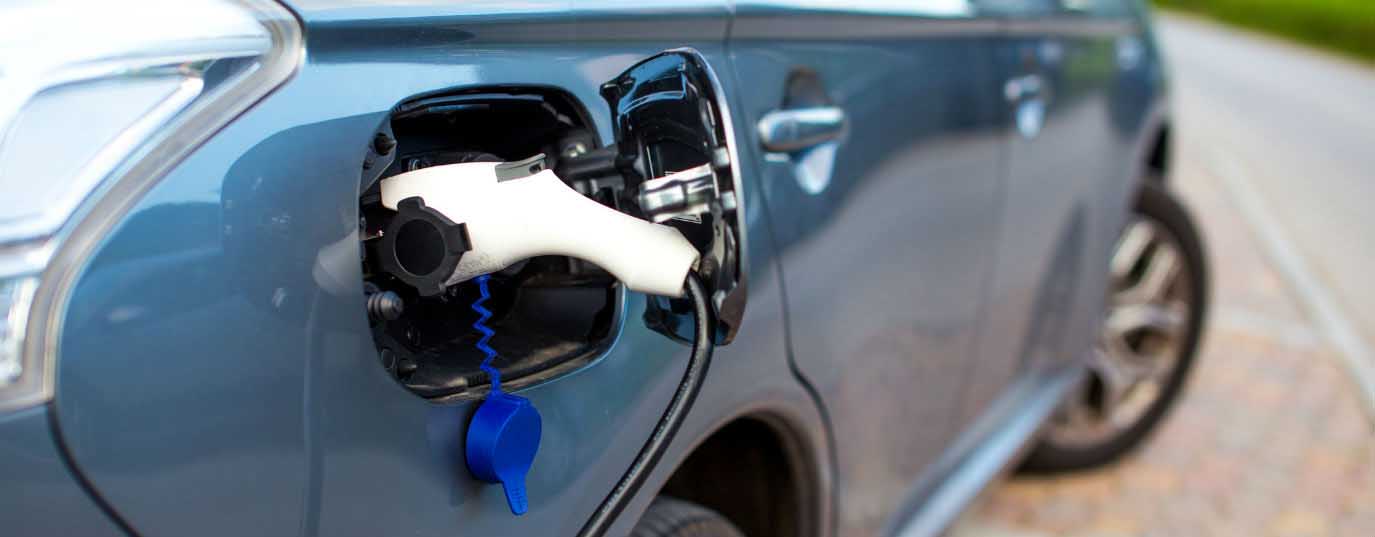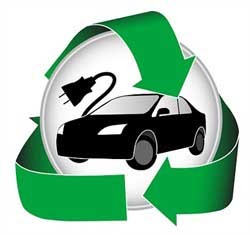Electric vehicles, yes but with renewable energy
Sharing electric vehicles is the most sustainable option for cities, but do we know where the energy for recharging them comes from?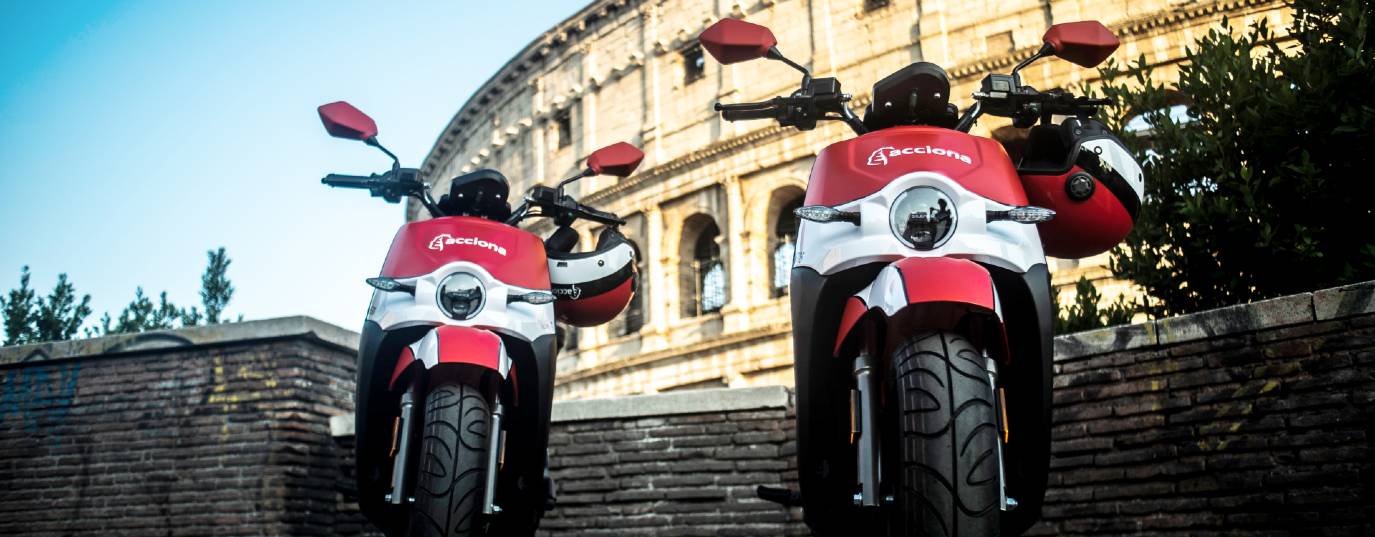
The problem of pollution in big cities continues to make the news. Just take a look at look at the European Air Quality Index, an interactive map launched by the European Environment Agency (EEA) and the European Commission, to see how worrying the indicators are for most urban centers. According to World Health Organization data, around 7 million people died in 2016 from high air pollution levels and, according to the Spanish Health Ministry, there is a sharp increase in hospital admissions when pollution peaks.
The way to tackle this blanket of dirt squatting over our cities is to reduce traffic, get rid of combustion engine vehicles, whose emissions are one of the biggest direct causes of pollution, and start to move around in a cleaner, more sustainable manner.
Some governments have already introduced measures to improve the air residents breathe by placing pollution limits on traffic, but the awareness shown by the population when choosing sustainable transport modes will be key to reversing the problem.
The future is electric
Imagine a street used by 200 people who need to get to one place or another in the city. If they choose to travel by car, you’ll hardly be able to see the road for the horror vacui of 177 cars. But if they opt for a more sustainable alternative, how would this photo look? The consultancy, International Sustainable Solutions, has illustrated the notion with some striking images to raise awareness over the need for sustainable transport.
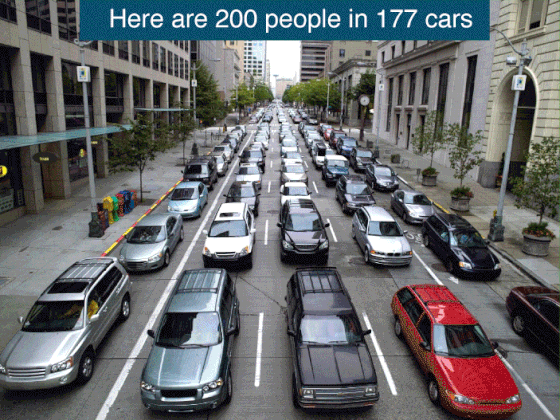
It is increasingly difficult for us to justify why we are not more sustainable in our journeys across cities. The range of alternatives that many big cities now offer is getting larger, from clean public transport to all kinds of shared electric vehicles that refrain from emitting polluting gases locally.
Our choice might depend on the distance of the trip, vehicle availability where we are, or the climate, but in many main European cities it’s already possible to get about using an electric car, moped, bicycle or kick scooter. A range of services that consume little, help relieve traffic congestion and, most importantly, the use of which does not produce any kind of emissions.
Are electric vehicles 100% sustainable?
For now, it is clear that the most plausible sustainability model is that of electric vehicles. But the next step is to ask where the electricity to recharge the vehicle comes from. Is the source completely sustainable?
Our answer lies in the concept of generation of well-to-wheel emissions, an index that takes into account the life cycle of the energy that directly or indirectly affects the operation of the electric vehicle: its primary source, transformation, transport and all the derived consumption in order ultimately to get the wheels of the car moving.
In Madrid (Spain), for example, there are already mopeds for hire that use renewable energy throughout this cycle. These are not only zero-consumption, their energy is also certified as of 100%-renewable origin, and the vehicle fleet accompanying the mopeds for their transport, down to its batteries, is all-electric, too.
There is still much to be done if we want to breathe clean air in our cities, but this alternative is certainly a good start. Very soon, going to work in your own car will be as extravagant as opening a restaurant where only you can eat, or a boutique where you’re the only one shopping for clothes.
Sources: eldiario.es, Airindex, Greenpeace, Verne, Naciones Unidas


